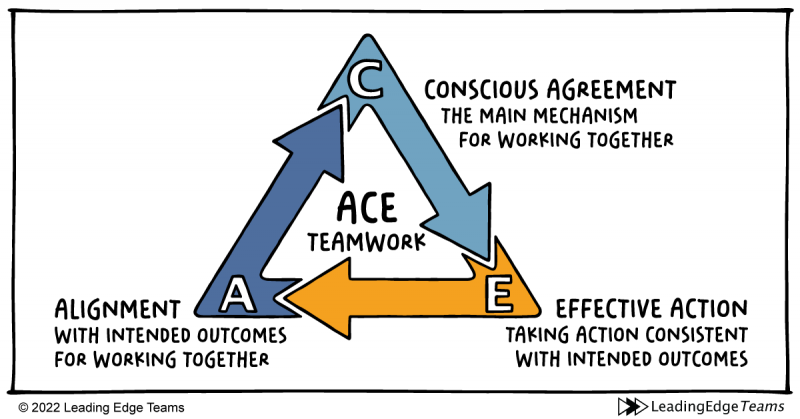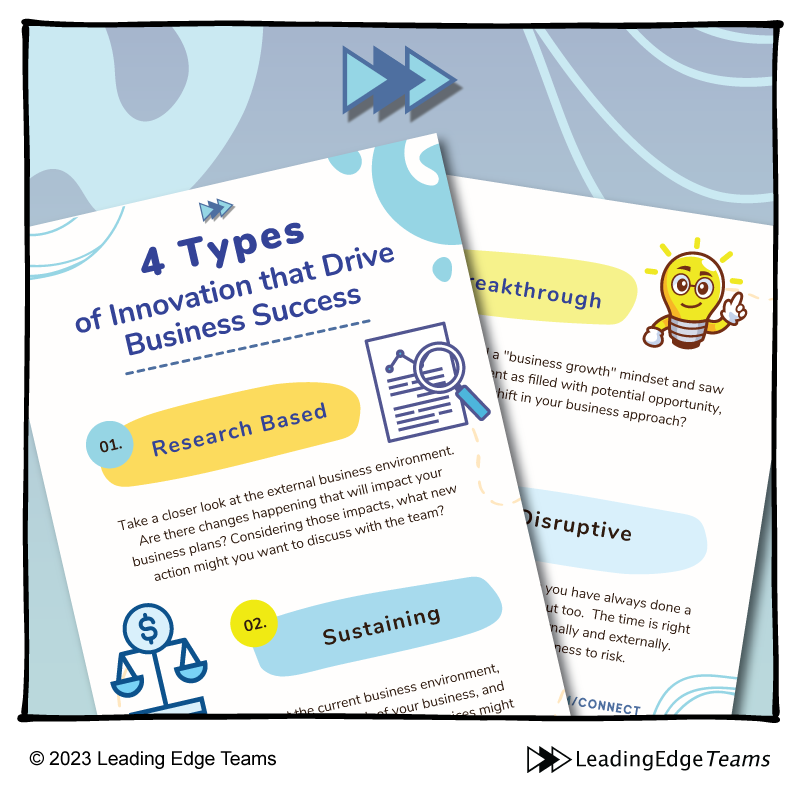Systems and processes are tedious for some and an intriguing pursuit for others. I’m sure you know which category you fall into! Either way, people run the systems and processes; they stand still without human beings.
It is uncomfortable to admit it, but In business, some things took me 10 years to learn! I’ve been sharing those on my “Leadership is Calling” podcast, because I can now explain what took me a decade, in 10 minutes or less. One of my podcasts is about systems and processes since they are necessary for business structure and organization.
I think you would agree, most everybody on the planet realizes that systems and processes provide essential structures to business. Obviously, they are very important. But they're important for a reason that may be different from how you normally may think of them.

Overall, with systems and processes, we most often think of them as organizing us and giving us more time, right? They take something we normally do, design it step-by-step, and automate it into an efficient process. The task goes faster and without a great deal of thinking. That’s great!
Think of sound, proven processes & systems as structures that need people’s input to be able to support the work of people.
Meanwhile, the benefit tends to go wrong when leaders think of systems and processes as a means to replace people. They don’t replace the thinking brain that only human beings can provide. AI, artificial intelligence is a hot topic these days, but still, it is a system that cannot function without human input.
Just one example, within a company, is your organizational structure. Picture your job role. My suggested process for my clients is for executive leaders to clearly define roles, so that every person knows their responsibilities. Also, they need to know what everybody else is responsible for too, on a day-to-day basis, right? Each role is defined and no one asks, “What is your role today?” Your job description stays the same until a person is told differently. Sorf of!
All right, that is what systems and the structure of an org chart are fabulous for—okay! But that’s the big picture. The process is not fabulous for defining everything within the role that that person will ever have to do. That's not possible in business, because most responsibilities within defined roles as they are broken down, create smaller fragments of the overall task or project.
The point is, even with systems and processes, people still need to think and be proactive. To achieve a task or a goal, people must step up to take action where and when it’s needed! And they must interact with other team members who are doing this too. That’s human reality for leaders and team members who want to be A-Players on the job!
Systems and processes free people to put forth energy and thinking toward more complex and unexpected business needs and challenges!
The emphasis of a process is to take the thinking out of easy tasks so that the person in each role can focus energy on the things that require more critical thinking. (e.g. Like when a project has a glitch or doesn’t go as planned, or the market changes, or a customer's needs change, or a team member quits or doesn’t show, or when a technology upgrade is needed, etc.)
Those are a few examples of things that require critical thinking, brainstorming, and innovation. Sometimes a change or challenge may also require a new process, or a new system. As a norm, always think of systems and processes as the means to support your people. The efficiencies, the predictability that they provide, allow people to focus their thinking and extra energy on the unexpected glitches or challenges that turn up on any given day.
A well-defined system or process can help fix and stabilize problems
and keep your team on track.
And of course, appreciate what a system or process can do, but none are perfect. Things will always change and go wrong, and that's okay. The important thing is to be flexible and adaptable. When things don't go as planned, don't give up. Use the system or process as a guide; don't be afraid to think outside the box and make changes, communicating those to the people involved.
People are not machines. Humans need time to be able to think and adapt.
I've worked with leaders who want to have a system for everything. They think that if they can create a step-by-step guide for everything, then their team will be able to do anything and more. This is a mistake. People are not machines. Humans need time to be able to think, adapt and function.
Here are a few quick tips for creating effective systems and processes:
- Make sure the system or process is written and easy to understand, in simple terms.
- Get input from everyone who will be using the system or process. A must!
- Make sure the system or process is flexible enough to adapt to change.
- Review the system or process regularly and make changes as needed, informing all involved.
On the whole, we can all agree that systems and processes are an essential part of any successful business. By using them effectively, you free up your time to focus on the things that matter most—and also have time and energy for your life after hours!
Questions or business development needs? Contact us at any time. We’re here for you!
Annie










